Understanding Your Dog's Vocalizations and Behaviors: Decoding Your Canine Companion's Communication
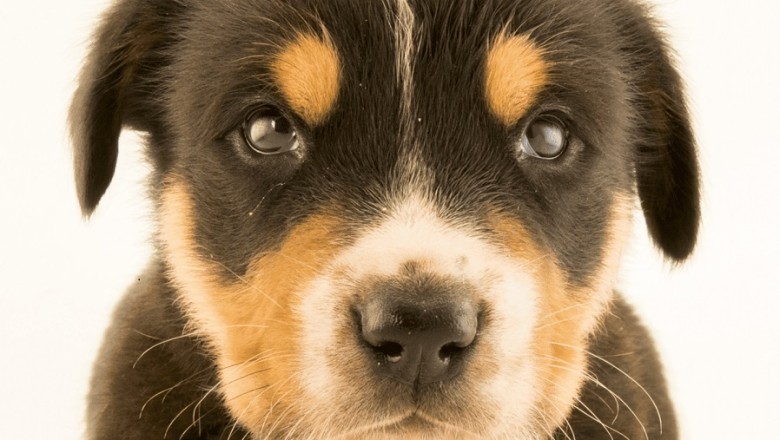
views
Dog Tricks and Tips That Most People Don't Know
Man's Best Friend
As a dog owner, you naturally do everything possible to ensure the well-being of your furry companion. Despite our best efforts, however, it is sometimes difficult to know exactly what to do to keep our dogs as healthy and happy as possible.
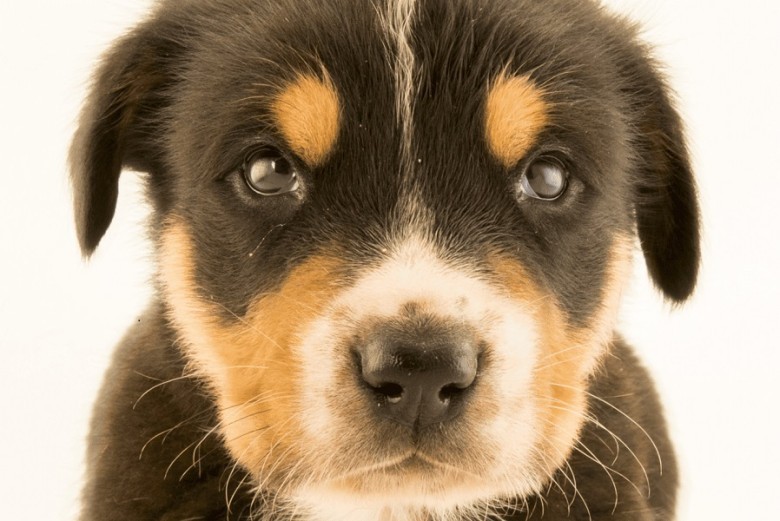
Without realizing it, we sometimes adopt behaviors that are not beneficial to our pets. But don't panic, avoiding these small mistakes is actually quite easy. Here are some tips and tricks on how to best treat your dog.
Dry Food
The majority of pet dogs are fed dry food. This has many advantages as it is cost-effective, doesn't require preparation, and can be bought in large quantities. Many brands claim to provide a healthy product for dogs, but that's not always the truth.
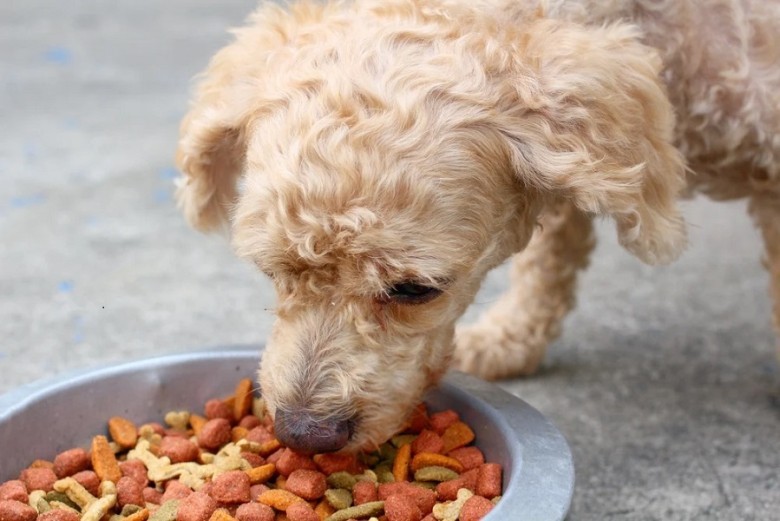
Dry food can lead to overweight, dehydration, digestive problems, and deficiencies in certain nutrients. To avoid this, it is important to measure the portions accurately, provide fresh water, and use high-quality food.
Drinking Water
As mentioned, dry food is the easiest way to feed your dog. There are many flavors available, and your dog will still be excited about it after 400 servings. However, there is a risk that should be considered.
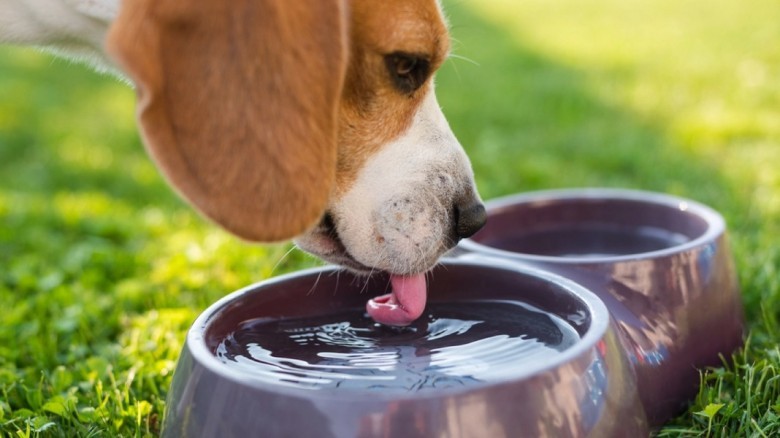
Dry food can dehydrate the dog as it is, as the name suggests, very dry. To counteract this, your dog should always have access to water. Dogs usually know when they need to drink more.
Measuring Portions
Overfeeding your dog can lead to overweight, which often brings other health problems such as digestive issues or joint pain. Portion size should always be measured.

It is important to know how much a dog should consume per day, and you can use a simple cup to measure the amount of dry food that is sufficient. With plenty of activity and the right diet, your pet will stay healthy for a long time.
Proper Food Storage
It may seem completely logical, yet sometimes we need a reminder - properly storing dog food is important to keep it as fresh as possible. Dog food should be kept in cool, dry places in a sealed container.
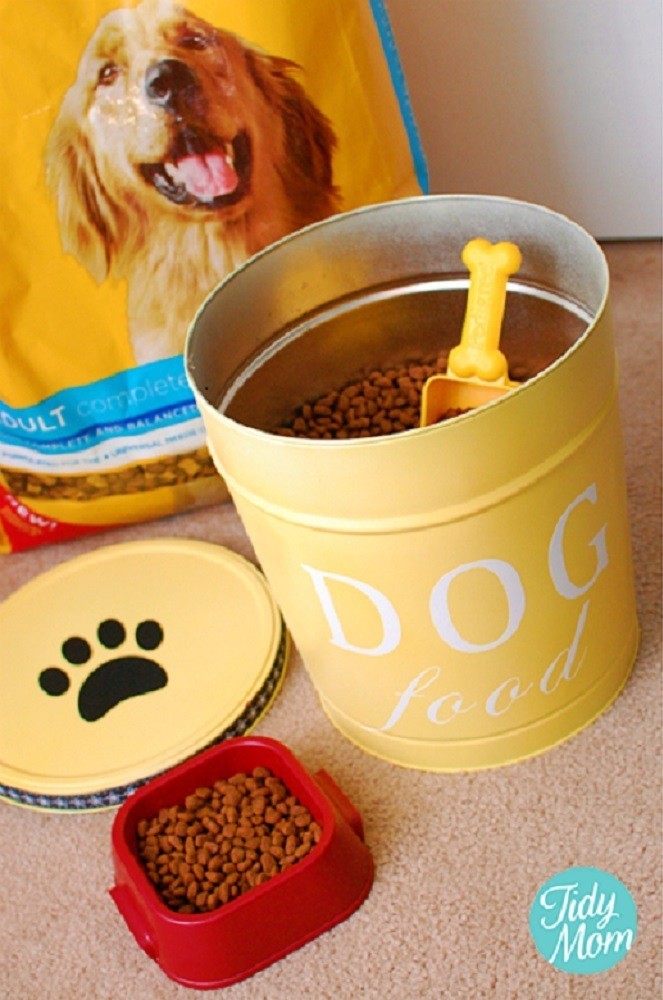
Just as we take care of our own food, we must also pay attention to the food of our pets. The food should not come into contact with too much moisture to avoid mold and bacterial growth.
Knowing Your Dog's Eating Habits
Another thing that seems obvious when it comes to dogs, but still deserves attention, is paying attention to your dog's eating habits as changes can indicate digestive problems.
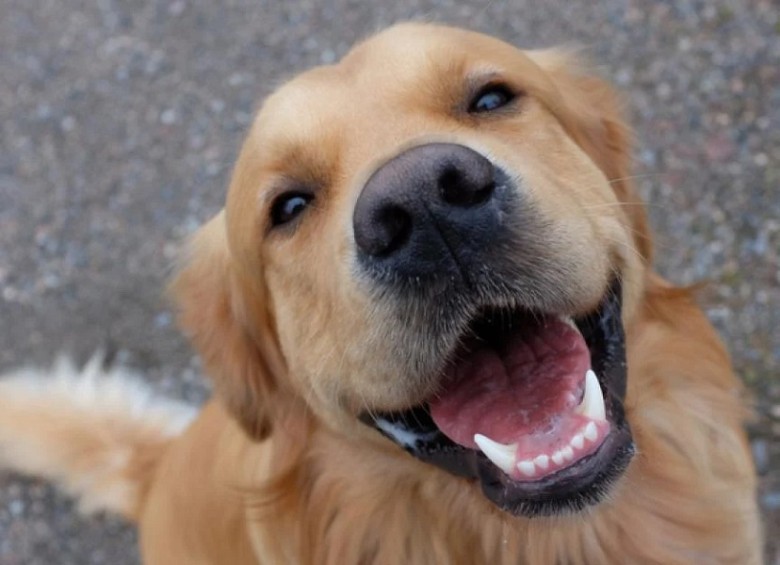
Unlike humans, dogs do not express their discomfort with language but with changes in their behavior. If you notice anything, it's definitely a good idea to visit your veterinarian.
Offer Variety
If you have no other option or simply prefer to stick with dry food, consider buying different varieties instead of just one brand. Just like us, dogs also need variety.

This can help prevent your dog from getting bored with the dry food. Offering different flavors will keep your pet interested and the variety can help avoid the development of allergies.
Eats Grass
Some dog owners are particularly concerned when they catch their dog eating grass. Is it even dangerous? Could consuming grass harm the dog's stomach?
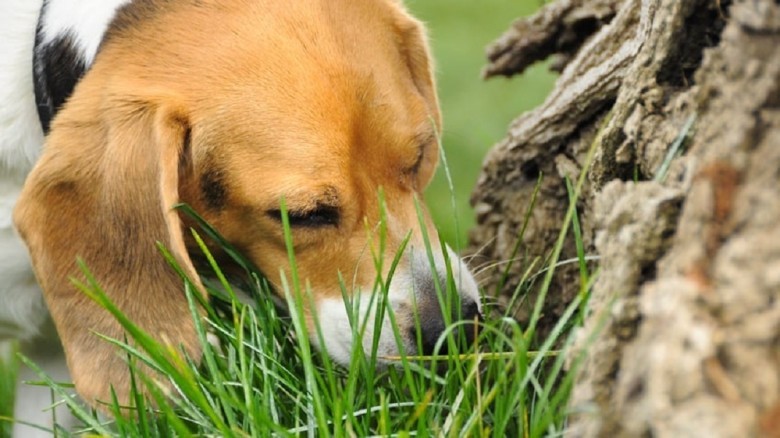
Eating grass is generally not dangerous for dogs unless the grass has been treated with chemicals (which is often the case in public areas). Most of the time, dogs eat grass to cleanse their digestive system, and if the grass is untreated in the garden, it is not a problem at all.
Play, Fun, and Exercise
As mentioned before, eating grass is generally not a problem but can also indicate boredom. Regular exercise and play prevent this and prevent excessive destructive behavior.
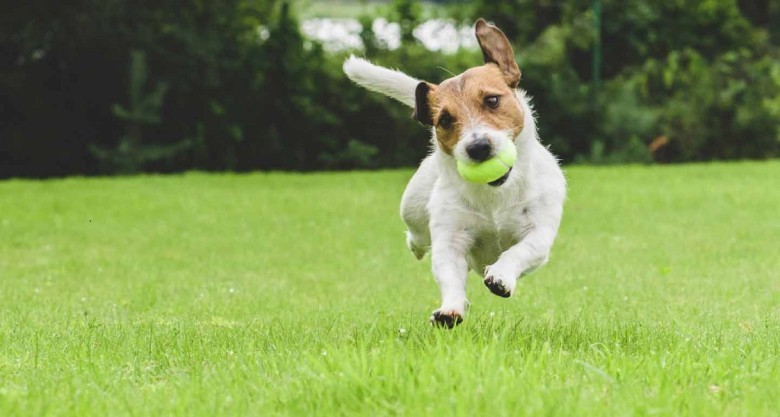
By providing your dog with sufficient physical and mental stimulation, such as walks, runs, or play sessions, you keep them happy and healthy. Exercise also helps keep impulses in check.
Balanced Diet
If your dog has developed a habit of eating a lot of grass, they may be lacking a balanced diet. A balanced diet is important to ensure all necessary nutrients are provided so that the dog doesn't have to search for them on their own.
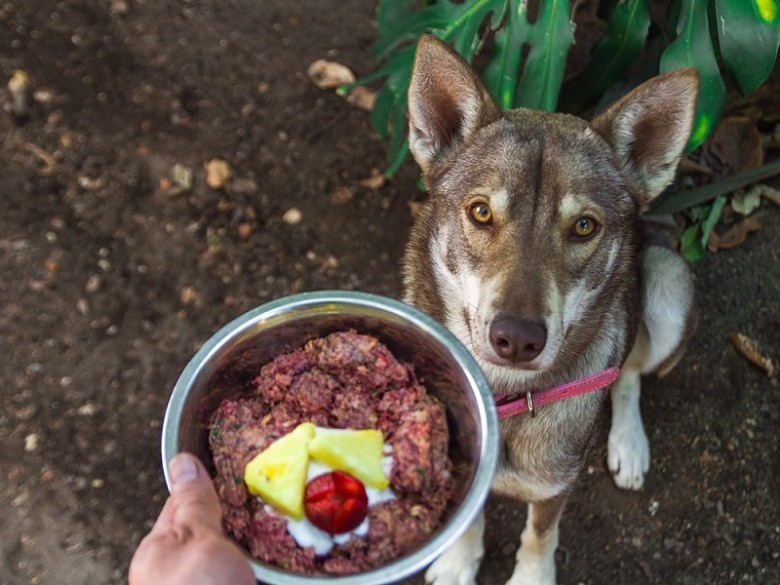
Make sure your dog is getting all the appropriate vitamins, minerals, and proteins. If necessary, consult a veterinarian to determine which nutritional form is particularly important for your dog.
Chew Toys
As mentioned earlier, boredom can become a problem for dogs. It is a risk factor that can lead to aggression or eating grass, for example. Therefore, it is particularly important to keep dogs entertained with bones and chew toys. This can provide them with mental stimulation that aligns with their natural instincts.
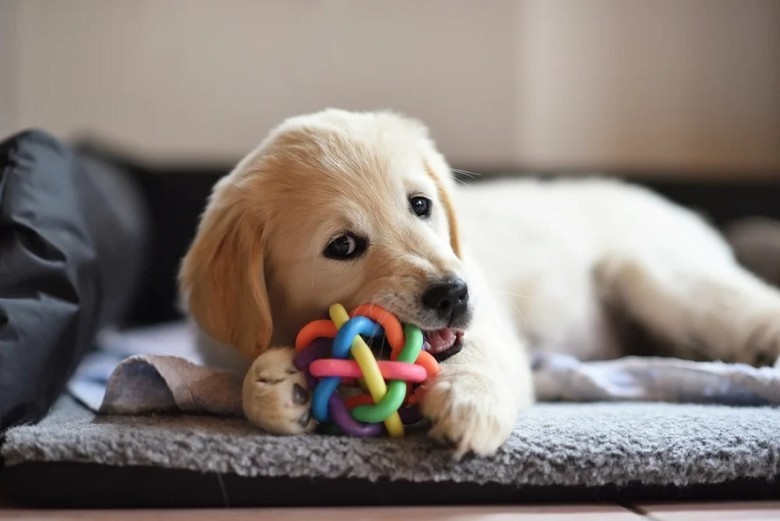
If you can get your dog excited about toys, you can prevent them from getting into mischief. Bones and chew toys are the suitable options, but choose them carefully based on your dog's age and breed.
A Safe Grass Area
If your dog still eats grass despite all the distractions, further steps need to be taken. To ensure that your dog does not ingest any toxic chemicals, inspect the grass area more closely. Provide your pet with a safe grass area.

Allow your dog to move around in a secure, small selected space. Pay attention to the variety of plants as well, as there may be toxic plants growing in the area. This way, you can support your dog's instincts without causing harm.
Does Your Dog Need Help?
If your dog still eats grass despite all the distractions, further steps need to be taken. To ensure that your dog does not ingest any toxic chemicals, inspect the grass area more closely. Provide your pet with a safe grass area.
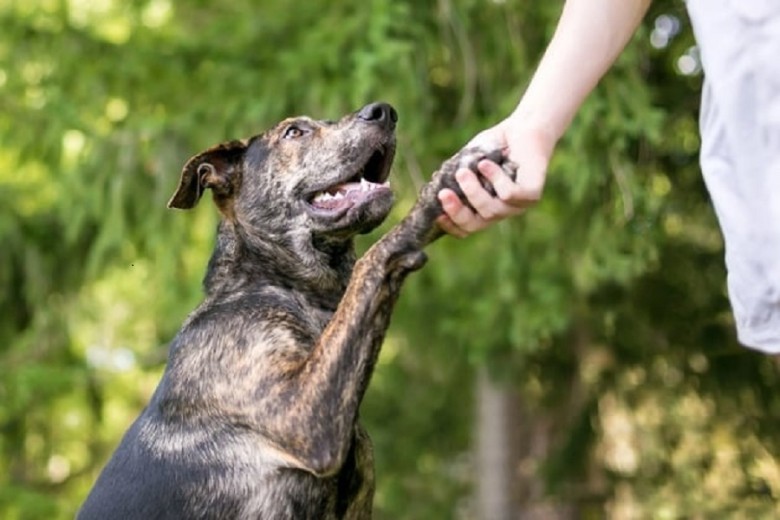
Allow your dog to move around in a secure, small selected space. Pay attention to the variety of plants as well, as there may be toxic plants growing in the area. This way, you can support your dog's instincts without causing harm.
Barking and Howling
We all know that dogs bark particularly when sensing danger or protecting their owners from intruders. While this is true, it's also a simplified explanation. Barking is one of the main ways dogs communicate.

A dog may bark to get attention, food, or water. Another reason could be that they need to go outside. However, barking or howling can also indicate that the dog is in pain or afraid. In the case of guard dogs, barking takes on a different meaning. Ideally, a guard dog should only bark when there is a real threat, a menacing person approaching, or when the owner is in danger.
Panting
We often think that dogs only express themselves through barking, but that is also a simplistic view. Dogs have various ways of expressing their needs and emotions. Panting, for example, can have different reasons.
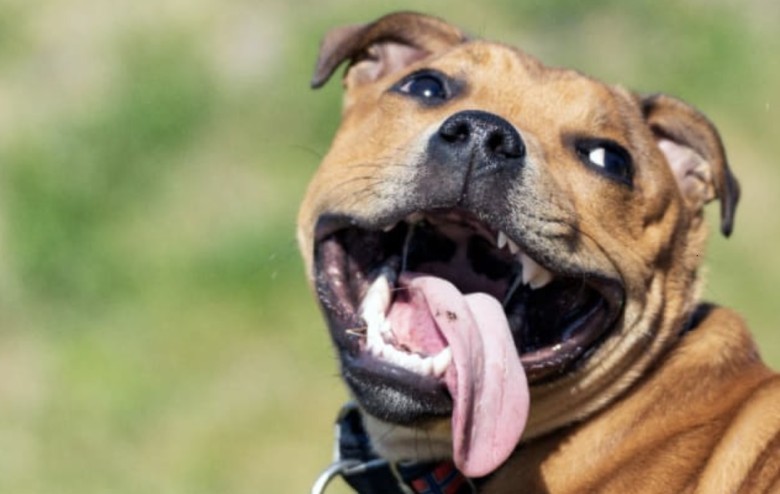
Panting can indicate that your dog is hot, stressed, or in pain. However, it can also happen out of happiness and excitement. If a dog is panting aggressively and doesn't stop, it may indicate pain and should be taken to the veterinarian.
Licking
Many dog owners believe that when their dog licks them, it is a display of love and affection. However, this is not entirely true, and this behavior actually indicates something entirely different.
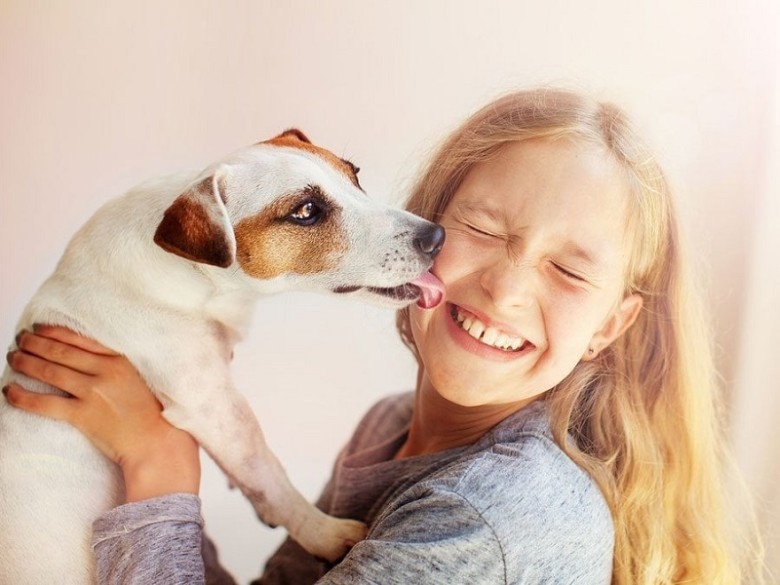
Dogs lick themselves or their owners as a way of seeking help or attention. This behavior can also indicate hunger, thirst, or other needs. Anxiety or stress can also be expressed through licking.
Tucking the Tail
As a dog owner, it is important to truly understand your pet's needs. It is crucial to learn what it means when your dog wags its tail, but also when it tucks its tail between its hind legs. The true meaning should be properly interpreted.
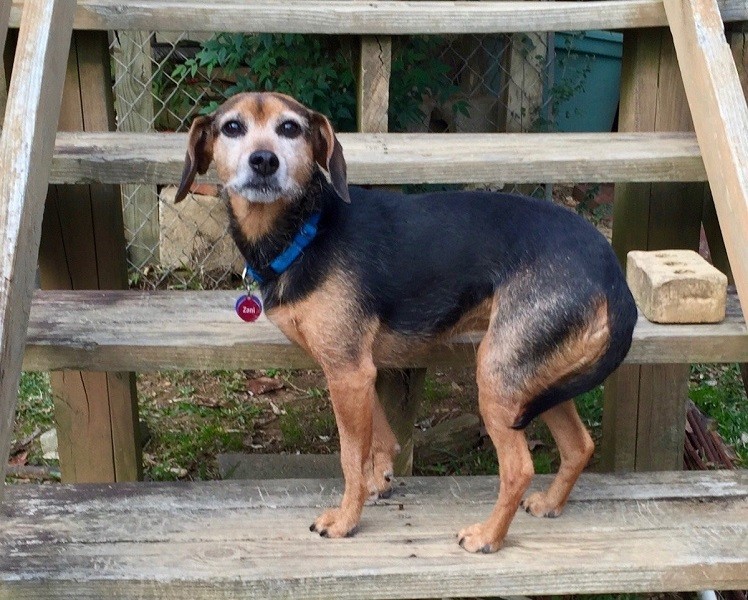
If the tail is tucked between the hind legs, it can indicate a perceived threat, feeling intimidated, or being submissive. This behavior suggests a dominant individual or human the dog fears.
Nudging
When your dog occasionally licks you, they also often approach you with their nose, nudge you, and sometimes even demand to be cuddled. This behavior, however, can mean much more than just love and affection.
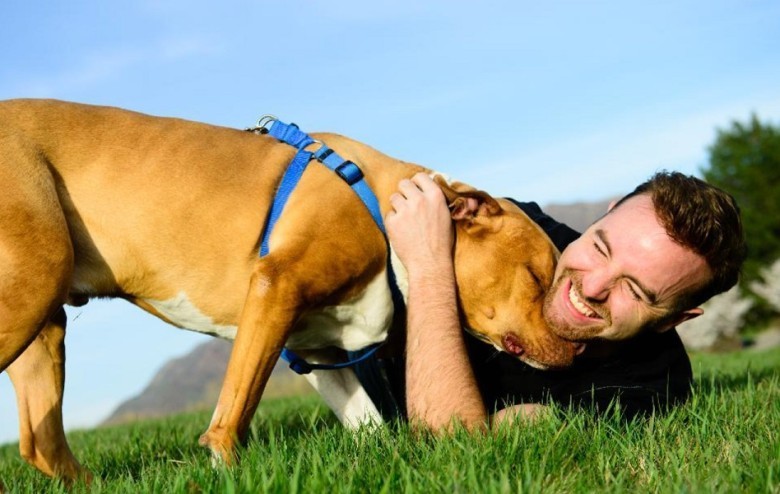
Dogs are signaling that they are seeking attention and comfort. Sometimes, they may not feel well or just simply seek safety. However, it can also mean that they urgently need to go outside.
Avoidant Behavior
Ideally, a dog should mostly remain calm when indoors, especially if the dog is normally extroverted. It's important to be aware when a dog is being unusually quiet or tries to avoid any contact.
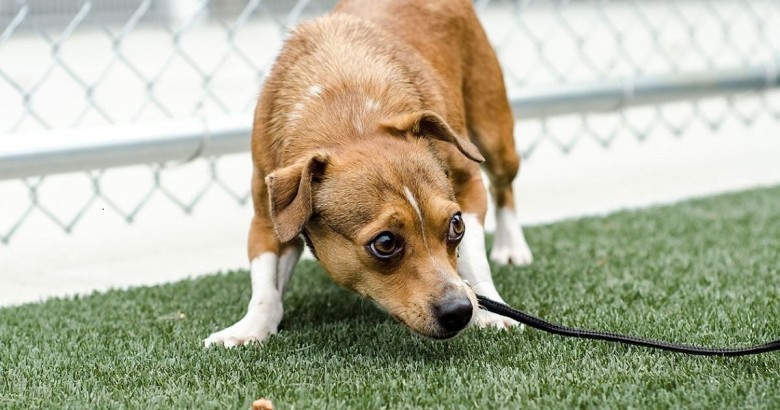
If a dog actively avoids contact and hides, it may indicate fear, pain, or feeling overwhelmed. Those who know their dogs well can differentiate between avoidance and situations where the dog feels guilty and is trying to avoid punishment.



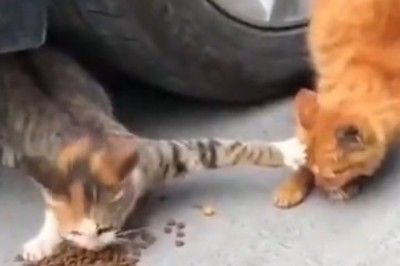


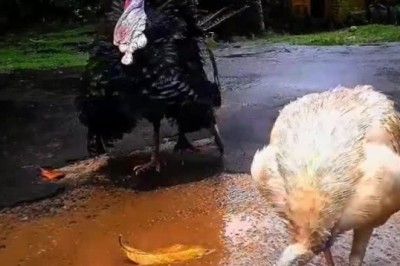

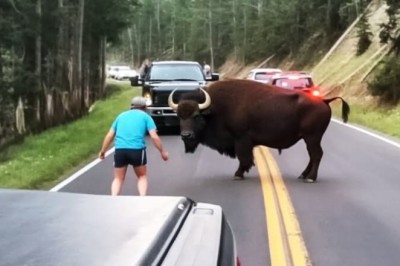

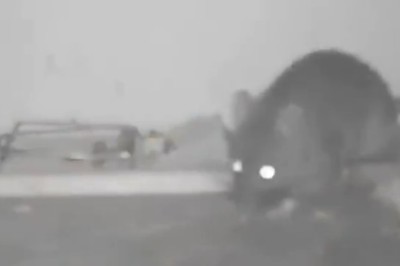


Comments
0 comment